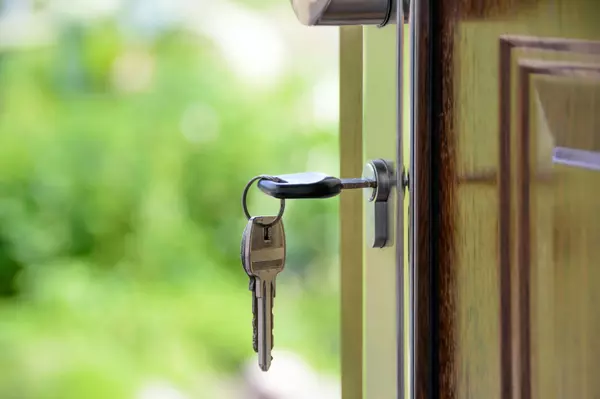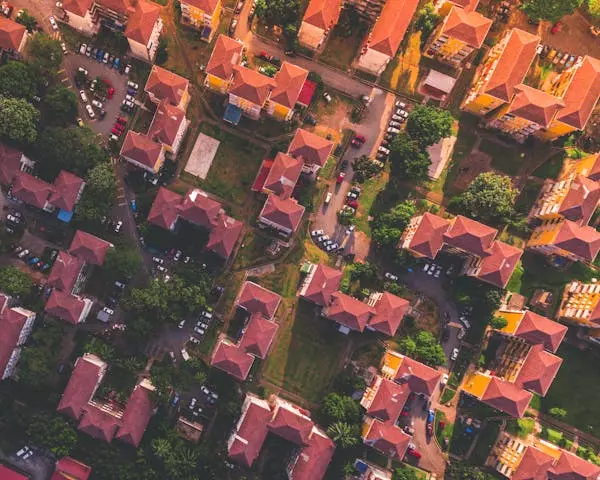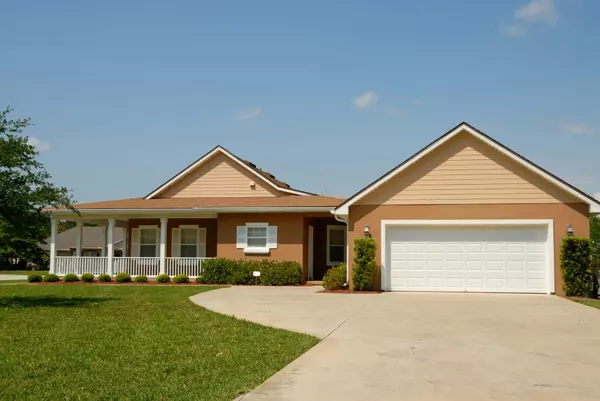The Ultimate Guide to Selling Your Home in Roanoke: What You Need to Know
Selling your home in Roanoke, Virginia, can be an exciting yet complex process. Whether you are moving for a new job, upgrading to a bigger space, or downsizing, understanding the local market and taking strategic steps can help you maximize your home’s value and sell quickly. This guide will walk you through every stage of the selling process, from understanding market trends to closing the deal.
Understanding the Roanoke Real Estate Market
Before listing your home, it’s crucial to familiarize yourself with the current real estate market in Roanoke. Market conditions affect pricing, buyer demand, and the time it takes to sell your home. Here are a few key factors to consider:
1. Market Trends
-
Roanoke’s real estate market has seen steady growth in recent years, with an increasing number of buyers moving to the area due to its affordability and quality of life.
-
Homes in Roanoke typically sell faster during the spring and summer months when buyer activity is at its peak.
-
The median home price in Roanoke fluctuates based on neighborhood, home size, and features, so it’s important to research comparable sales (comps) in your area.
2. Buyer Demographics
-
Roanoke attracts a diverse range of buyers, including young professionals, retirees, and families.
-
Many buyers are looking for move-in-ready homes, so minor renovations and staging can significantly impact your home’s marketability.
Step 1: Preparing Your Home for Sale
A well-prepared home can attract more buyers and potentially lead to a higher selling price. Follow these essential steps to get your home market-ready:
1. Declutter and Depersonalize
-
Remove personal items such as family photos, religious artifacts, and collectibles to help buyers visualize themselves living in the space.
-
Organize closets and storage areas to showcase the available space.
2. Make Necessary Repairs
-
Fix any visible damage, such as leaky faucets, broken tiles, or chipped paint.
-
Ensure all major systems (HVAC, plumbing, and electrical) are in working order.
3. Enhance Curb Appeal
-
First impressions matter! Power wash the exterior, plant flowers, and maintain the lawn to make your home more inviting.
-
Consider repainting the front door and adding outdoor lighting to boost curb appeal.
4. Stage Your Home
-
Arrange furniture to create an open, welcoming space.
-
Use neutral colors and modern decor to appeal to a broad audience.
Step 2: Pricing Your Home Correctly
Setting the right price is crucial to attracting buyers and ensuring a quick sale. Here’s how to determine the best listing price:
1. Conduct a Comparative Market Analysis (CMA)
-
Research recently sold homes in your neighborhood to gauge a competitive price range.
-
Look at homes with similar square footage, features, and condition.
2. Consider Market Conditions
-
In a seller’s market (high demand, low inventory), you can price your home slightly higher.
-
In a buyer’s market (low demand, high inventory), pricing competitively is key to standing out.
3. Get a Professional Appraisal
-
Hiring a professional appraiser can provide an unbiased opinion of your home’s value and support your pricing strategy.
Step 3: Marketing Your Home
A strong marketing plan can help your home reach more potential buyers. Here’s how to market your property effectively:
1. High-Quality Listing Photos and Videos
-
Professional photos can make your listing stand out online.
-
Consider virtual tours and video walkthroughs to attract remote buyers.
2. Leverage Online Listings
-
List your home on major real estate websites like Zillow, Realtor.com, and the Multiple Listing Service (MLS).
-
Use social media to promote your listing to a wider audience.
3. Host Open Houses and Private Showings
-
Schedule open houses on weekends to maximize foot traffic.
-
Offer flexible showing times to accommodate busy buyers.
Step 4: Negotiating Offers
Once you receive an offer, you’ll need to negotiate terms to ensure the best possible outcome. Here’s what to consider:
1. Reviewing Offers
-
Look beyond the offer price and evaluate contingencies, closing timelines, and financing terms.
-
A cash offer may be more attractive than a higher financed offer due to fewer risks of delays.
2. Counteroffers and Negotiation Strategies
-
Be prepared to negotiate price, closing costs, and requested repairs.
-
Work with your real estate agent to craft a counteroffer that benefits you while keeping buyers engaged.
Step 5: Closing the Sale
After accepting an offer, you’ll enter the closing phase. Here’s what to expect:
1. Home Inspection and Appraisal
-
The buyer will likely schedule a home inspection to identify any potential issues.
-
An appraisal will confirm the home’s value for the lender.
2. Finalizing Paperwork
-
Work with your real estate agent and attorney (if needed) to review and sign all closing documents.
-
Be prepared to pay closing costs, which typically range from 1-3% of the home’s sale price.
3. Handing Over the Keys
-
Once everything is finalized, you’ll hand over the keys to the new owners and officially close the sale.
Final Thoughts
Selling your home in Roanoke doesn’t have to be overwhelming. By understanding market trends, preparing your home, pricing it correctly, and implementing a strong marketing strategy, you can achieve a successful sale. If you’re ready to sell, working with a knowledgeable real estate agent can make the process smoother and help you get the best possible outcome.
Looking to sell your Roanoke home? Contact me today for a free home valuation and expert guidance throughout the process!
Recent Posts










GET MORE INFORMATION

